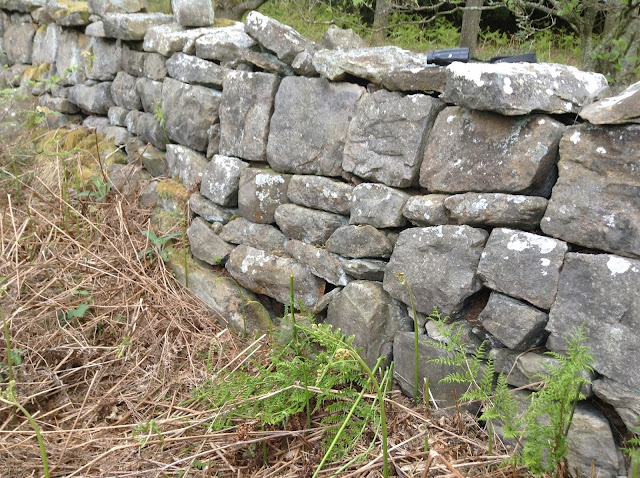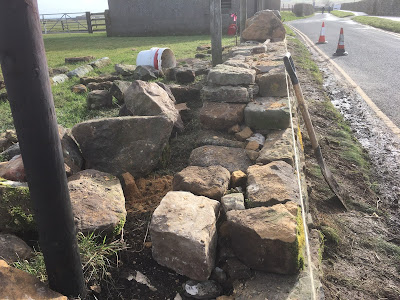But I managed and am quite pleased with the job - I even found enough tops which I thought might be hard to come by.
Farmer starts charity cycle venture in Northumberland
-
A FARMER from Somerset, who is embarking on a cycling challenge alongside a
Krone BiG X forager, to raise funds for RABI, launches his venture in
Northumbe...
1 day ago








